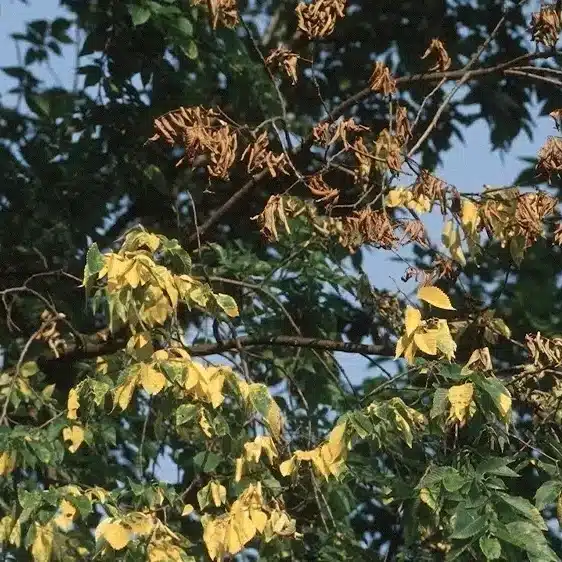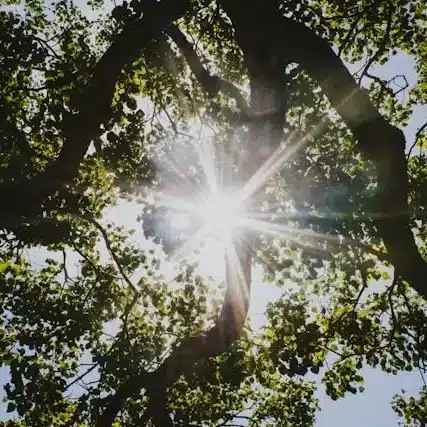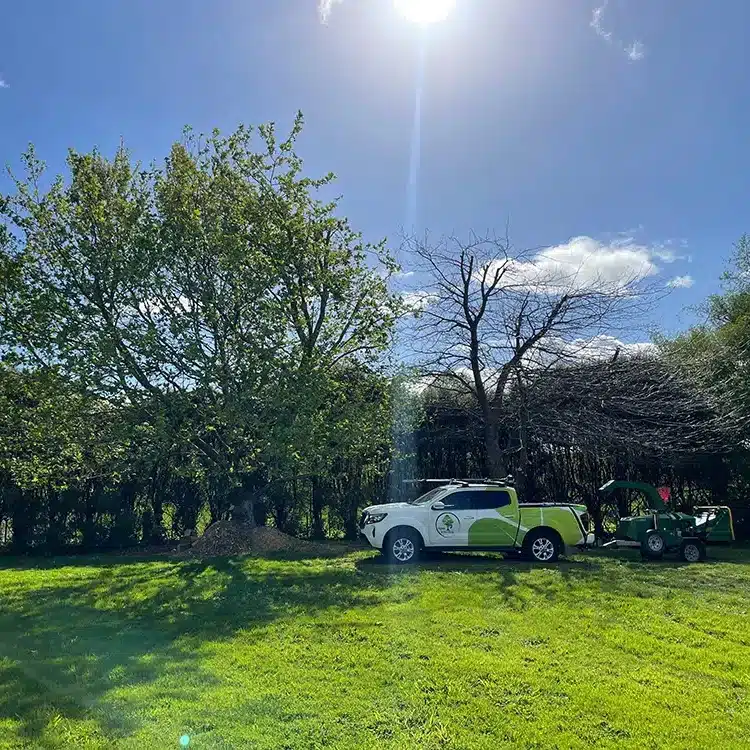A storm’s aftermath often presents a scene of chaos and destruction. Uprooted and fallen trees, broken branches and shattered limbs can make your property seem like a battlefield. As a property owner, it is vital to understand the steps to manage this moment of chaos and restore your landscape’s safety and beauty after the storm.
What Can You Do with an Uprooted Tree?
Dealing with an uprooted or damaged tree, is a complex process, requiring careful assessment of the situation. For smaller trees, it may be possible to replant them, assuming their root system hasn’t been too severely damaged. However, this isn’t generally feasible for large trees, which are often better off removed, given their potential to become hazardous.
An uprooted tree also leaves a gaping hole that must be filled to prevent accidents or additional property damage. Hiring a professional arborist is usually the homeowners’ best bet for safety purposes and efficient resolution costs. They possess the knowledge, equipment, and expertise to handle the uprooted tree safely, mitigating risks and costs.
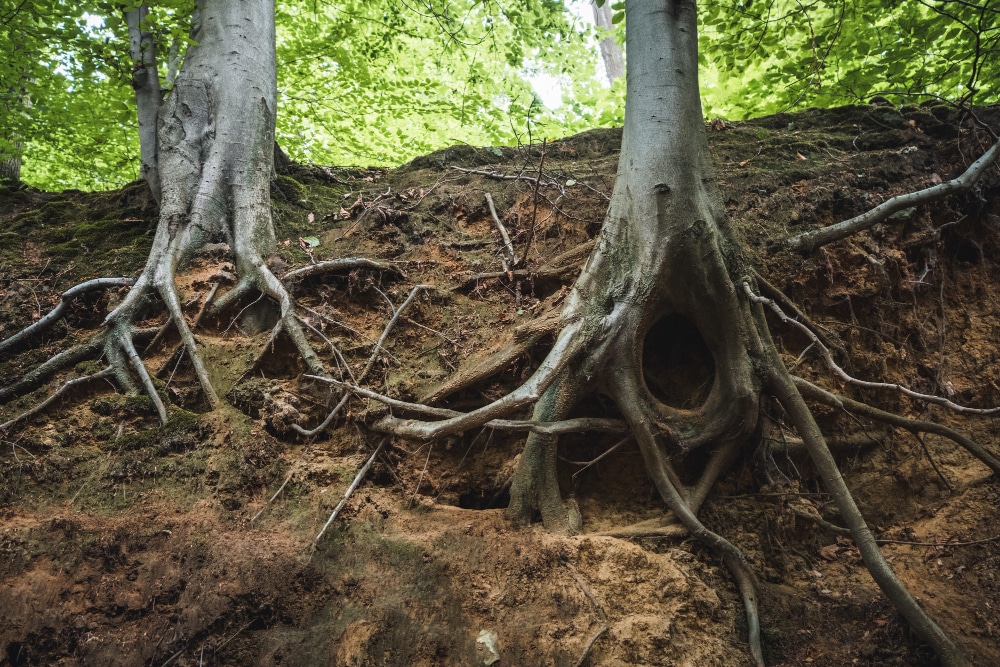
How Do You Save a Tree with Damaged Roots?
A tree with damaged roots is dangerous and needs immediate attention.
- The first step is to prune any broken roots. Using sharp, clean tools, make smooth cuts to remove the damaged portions of small tree branches without harming the healthy roots.
- Next, re-bury the roots in nutrient-rich soil, ensuring the tree is at its original growing depth. Too deep and the tree might suffocate; too shallow, and the roots may dry out and fall off.
- After replanting, the tree should be staked to provide stability and support while it recovers.
A consistent watering schedule is crucial in the weeks following root damage. However, avoid over-watering plants as this can lead to root rot. Regularly check damaged trees for signs of recovery, such as new growth.
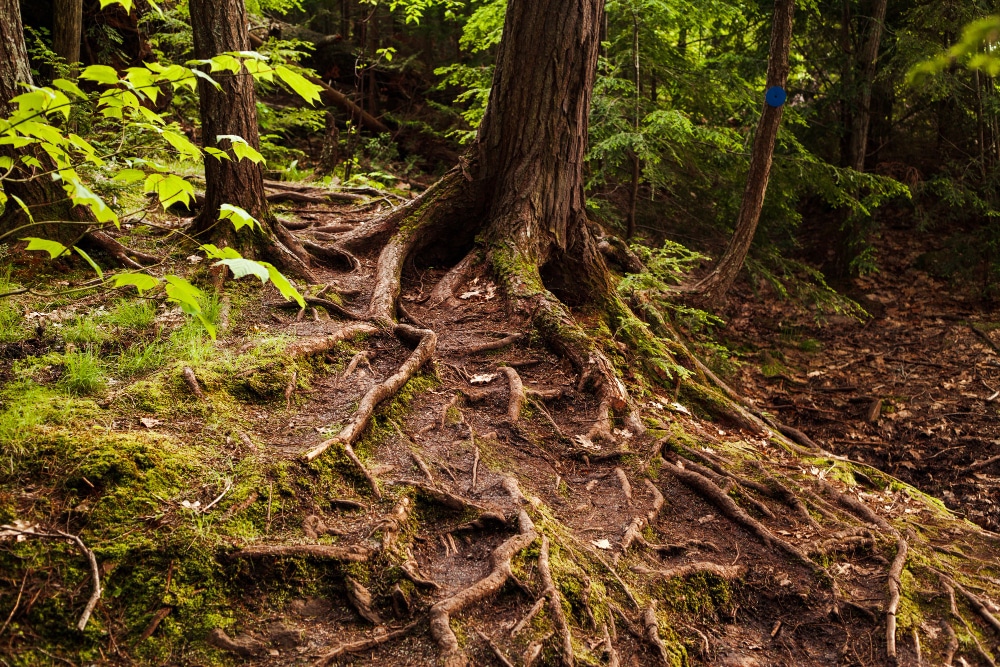

Bark Inclusion
Bark inclusion, where bark grows within the joint where branches meet, can weaken the branch and tree structure and make it more susceptible to storm damage. A bark-included tree can split or fall over at these weak points during a storm, damaging larger branches of the tree and potentially causing a safety risk.
If you spot bark inclusion on a branch of your trees, it’s wise to consult a professional arborist. They can assess the situation and recommend an appropriate course of action, such as structural pruning or cabling to reinforce the branch and secure the tree.
Repairing Storm Damaged Trees
Repairing a storm or wind-damaged tree begins with a careful assessment of the damage. Broken branches and limbs should be removed using proper pruning techniques to encourage healing and prevent further damage.
When pruning, ensure the cuts are clean and sharp, avoiding torn bark, which can lead the trees to disease. It’s important not to over-prune, as the tree needs a good amount of foliage to produce food for recovery. Despite traditional advice, it’s best not to apply wound dressing, as research shows it can hinder the tree’s natural healing process.
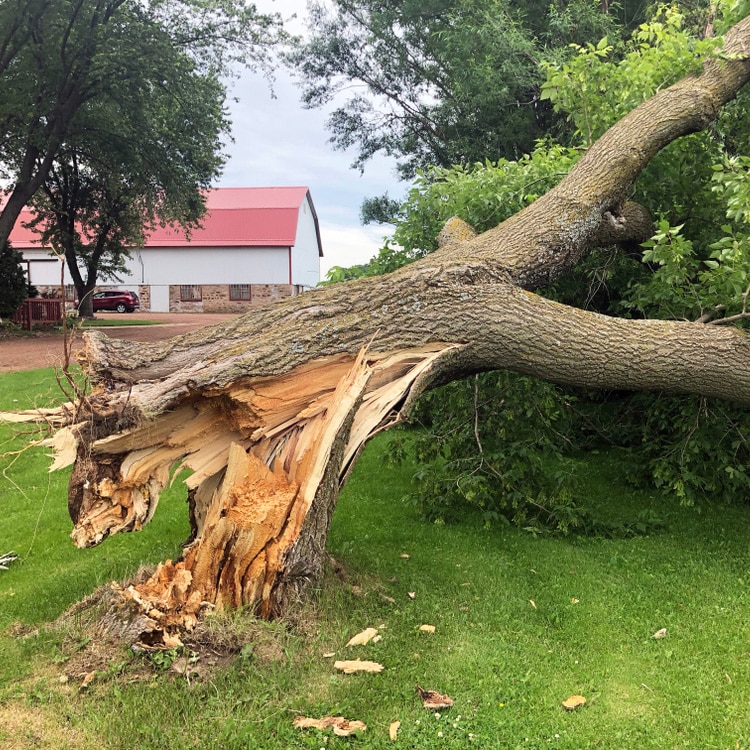
Preventing Tree Loss from Storm Damage
Prevention is always better than cure. Regular tree maintenance can help mitigate storm damage, particularly during high winds and for large trees. Regular pruning helps maintain and create a balanced tree structure, reducing the chance of uprooting.
Periodic inspections are crucial to identify any hazards from deadwood, broken limbs and weak or diseased branches, which can be removed before they pose a risk. It’s also beneficial to check for any signs of pests or diseases that might compromise the tree’s overall health and make it more vulnerable to storms.
Fallen Branches, Leaves, And Dead Wood
During storms and rainfall, branches, leaves, and dead wood can become dangerous, especially if they break off the tree. Regular maintenance, including pruning and removal of deadwood, can help prevent these incidents. Compost or recycle this organic waste where possible, or consider a garden waste collection service if it’s more significant.
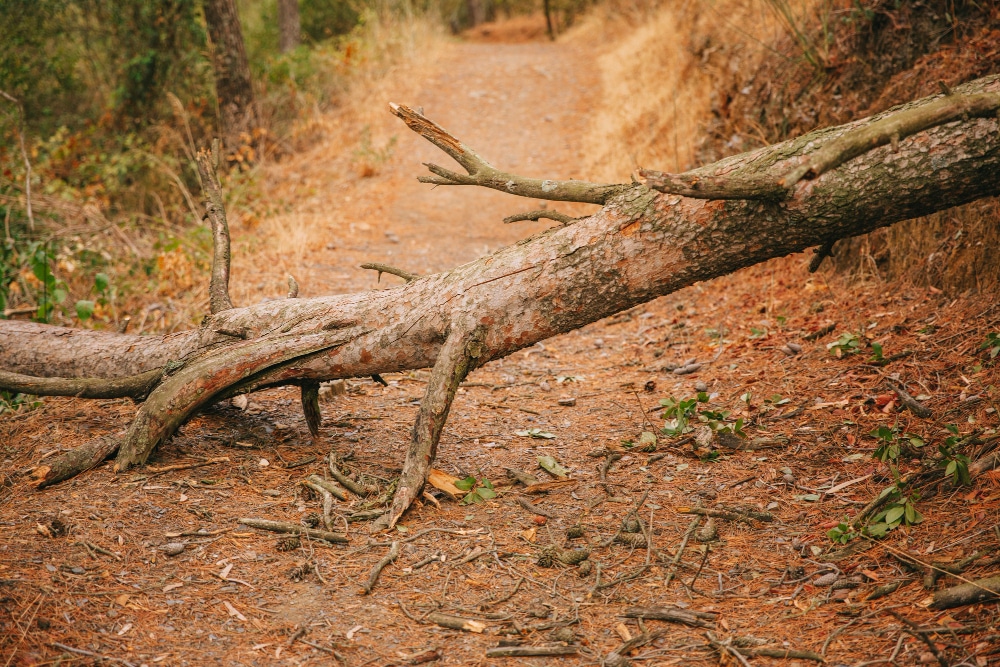

How to Save a Split Tree
If a storm leaves your tree trunk split but the tree is still largely intact, it might be possible to save it. Cabling or bracing the tree can provide the necessary support to the limb to help it recover. This process involves installing steel cables or rods to help redistribute structural stress to storm-damaged parts, and it should be done by a professional to avoid causing further damage to the trees.
Can a Damaged Tree Be Saved?
The answer to whether a storm-damaged tree can be saved depends on the extent and type of damage. Factors such as the species of the tree, its age, overall health, and the severity of the storm damage all play a part. A certified arborist can help you assess the tree’s condition and chances of survival, providing recommendations for recovery or, if necessary, removal.
Tree Roots
Healthy tree roots are crucial to a tree or plant’s survival. When a tree or plant’s roots have been damaged by a storm, it can pose a threat to the tree or plant’s stability and nutrient intake. If you suspect root damage, it’s best to call in a professional who can conduct a thorough inspection and suggest the appropriate actions.
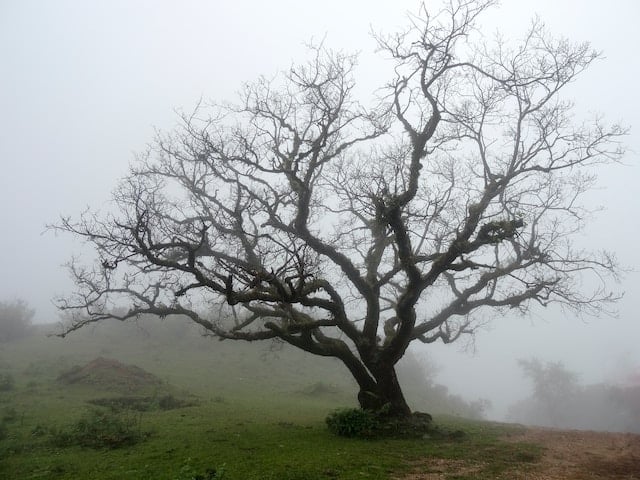
Conduct a Careful Tree-by-Tree Inspection
Following a storm, it’s important to thoroughly inspect each tree on your property. Look for visible signs of damage such as broken branches, splits in the tree trunk, leaning trees, or signs of an uprooted tree. Check the ground around the tree and inspect the trunk and base for cracks or mounds, which may indicate root damage.
Tips On Safely Removing Trees (If You Have The Right Equipment And Knowledge)
Tree removal is a risky task, particularly when dealing with large trees or those near power lines or buildings. Personal safety gear is a must, including gloves, safety glasses, sturdy boots, and a hard hat. If you’re cutting down a tree, make sure you use sharp, well-maintained equipment and have a clear plan and escape route prepared.
However, even with the right equipment and knowledge, it’s generally best to leave it to a professional, especially for complex situations. They are trained to handle the job safely and efficiently.
Consider New Tree Planting
In the wake of storm damage, you might find yourself with empty spaces where beautiful trees once stood. This is an opportunity for new tree planting. When choosing new trees, consider their mature size, growth rate, and their adaptability to local weather and soil conditions. This foresight can help reduce the likelihood of storm damage in the future.

Addressing storm damage to trees can be a daunting task. But with this guide, you are well-equipped to assess the damage, take action, and prevent future tree damage yourself. Remember, when in doubt, always consult with a professional. Your trees, and your safety, are worth it.



